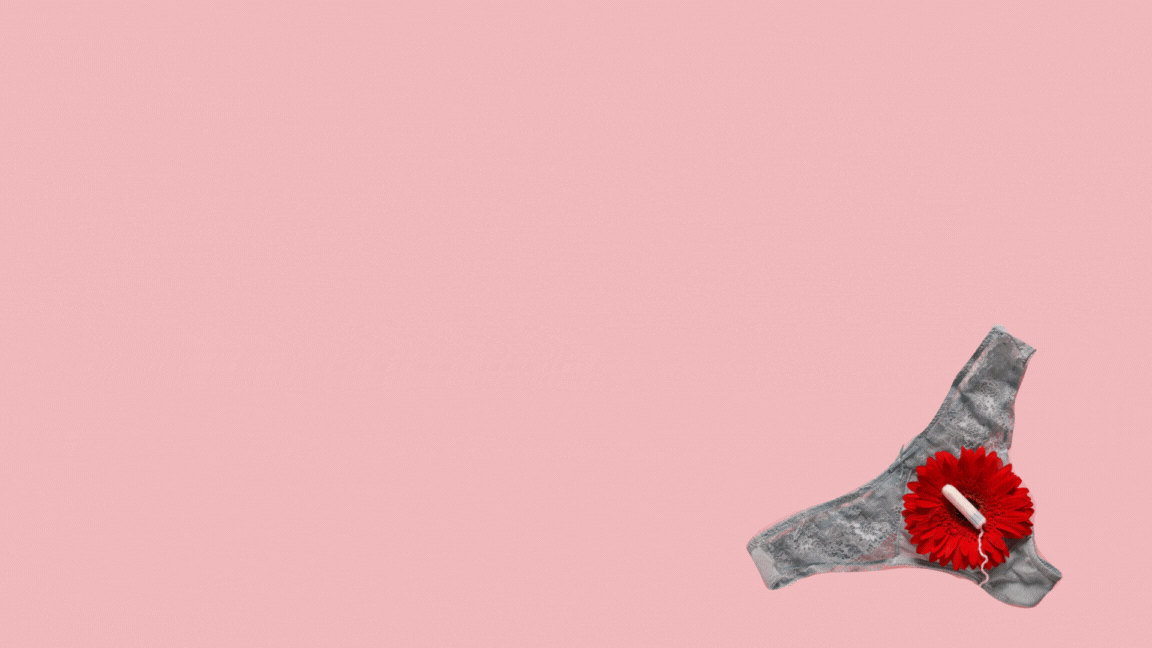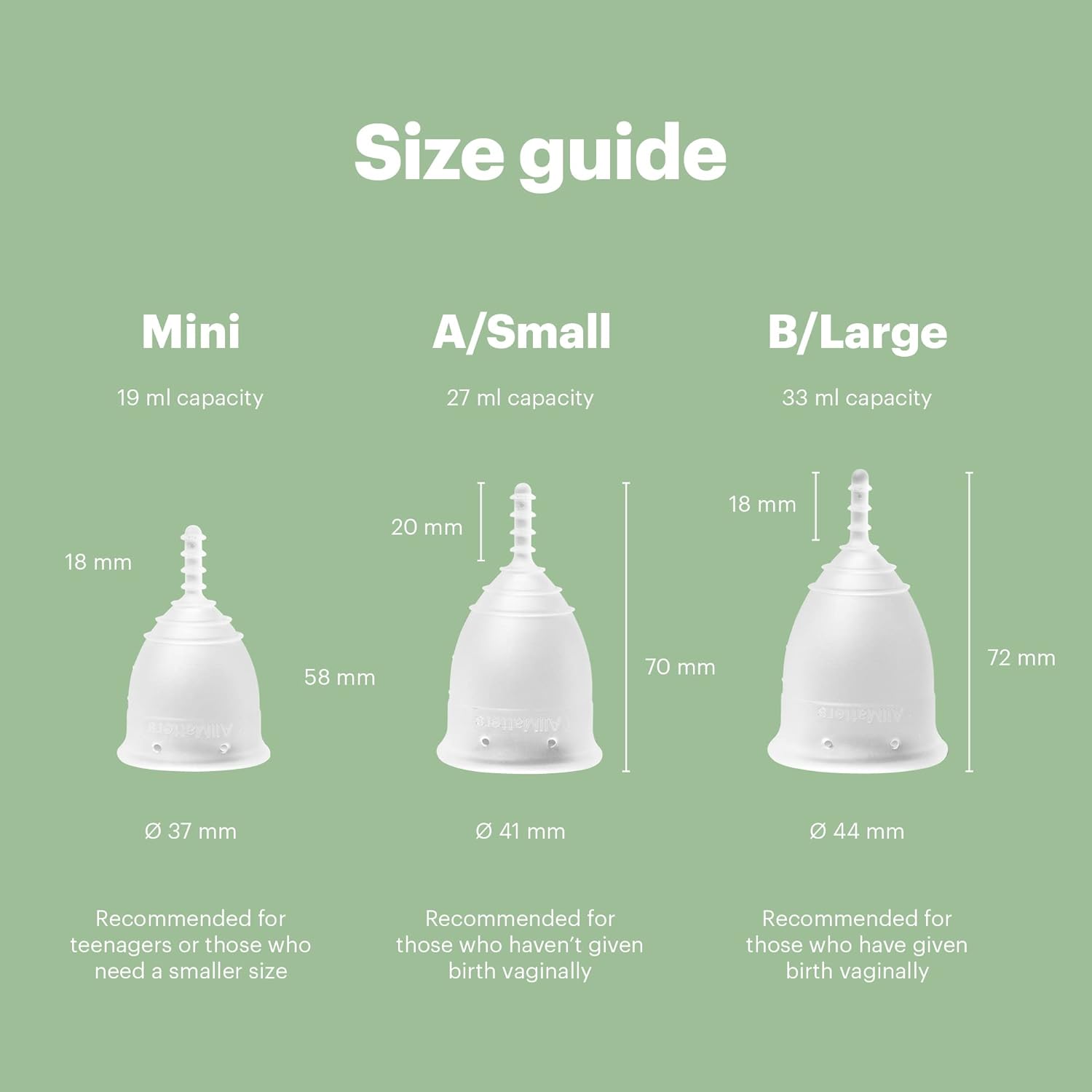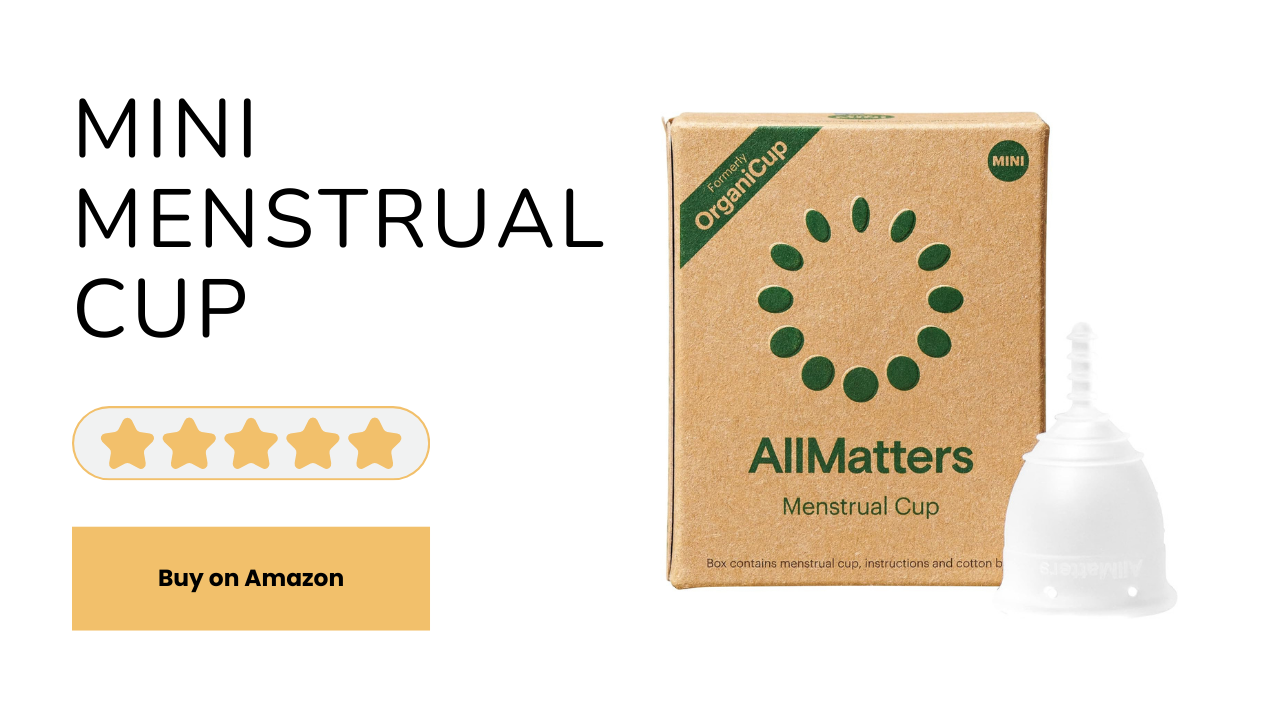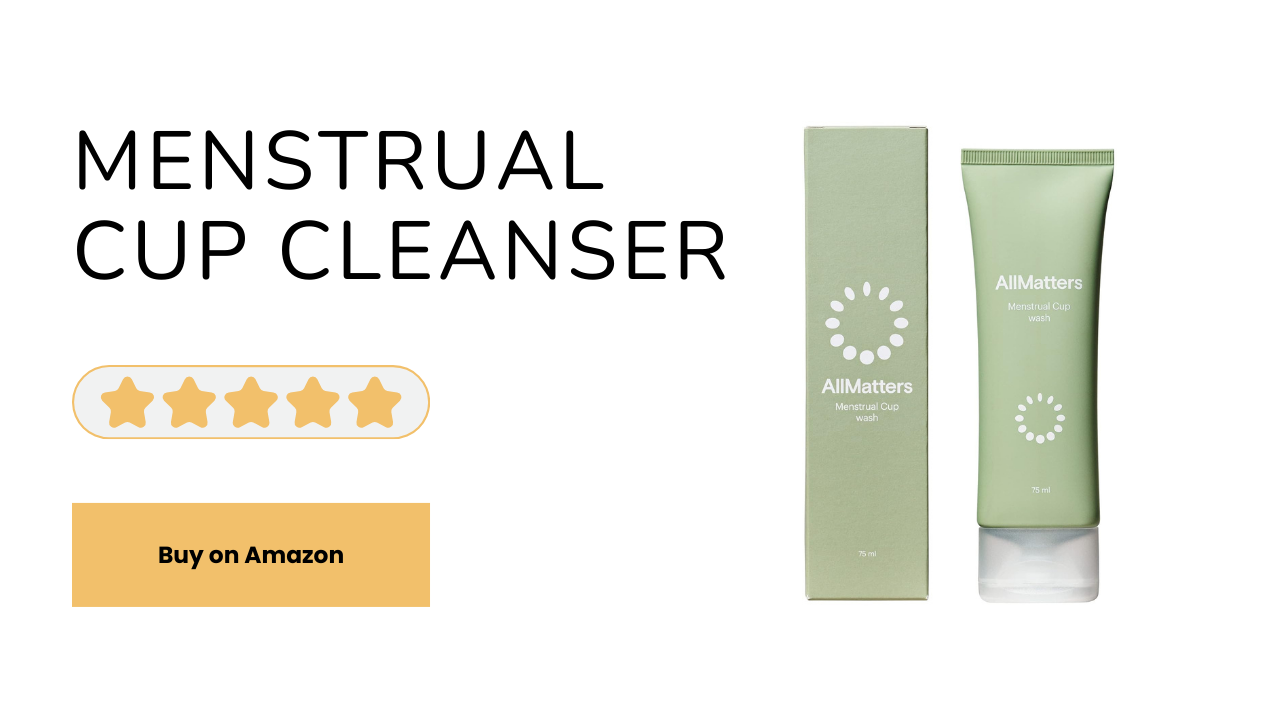Are Tampons Safe? New Research Sparks Alarm Among Women

When it comes to menstrual products, safety is paramount. Many of us rely on tampons for convenience and comfort, but recent findings have raised some serious concerns. A new study conducted by the University of California Berkeley School of Public Health has shed light on the presence of toxic metals in tampons, prompting questions about their safety and potential health risks.
This study examined 30 tampons from 14 different brands and found traces of 16 heavy metals, including lead and arsenic. The presence of these metals is likely due to contamination in the soil where cotton is grown. While the FDA states there’s no immediate danger, the findings have certainly sparked a need for further research to understand the implications of these contaminants.
The Study Findings
The UC Berkeley study is quite comprehensive, analyzing 30 tampons across 18 product lines. They discovered that 12 out of 16 heavy metals were present in all the samples tested. Notably, non-organic tampons showed the highest concentration of lead, whereas organic tampons had the most arsenic. This presence of metals is concerning because these elements can potentially pose health risks if absorbed by the body.
The FDA has acknowledged the study but pointed out that it doesn’t conclusively show that these metals are released during tampon use or absorbed into the bloodstream. However, the mere presence of such metals is enough to warrant further investigation and cautious consideration by users.
Lead and arsenic are well-known toxins. Lead exposure can affect almost every organ and system in your body, with particularly harmful effects on the nervous system. Arsenic, on the other hand, is associated with skin lesions, developmental effects, cardiovascular disease, neurotoxicity, and diabetes. The potential risk of these metals being absorbed into the body through tampon use is not something to be taken lightly.
Dr. Jenny Schireson, the lead author of the study, emphasized that while the presence of these metals is concerning, the actual health impact is still unclear. More research is needed to determine whether these metals can leach out of the tampons and be absorbed by the body.
Comparing Alternatives
With these findings, many are reconsidering their menstrual product choices. One alternative gaining traction is the use of reusable menstrual cups and discs. According to a 2023 study by the Harvard T.H. Chan School of Public Health, only 19% of people who menstruate use menstrual cups, mostly those in their 20s and 30s. These products, made from medical-grade silicone, collect blood rather than absorb it and have been tested for safety and non-toxicity.
A 2019 meta-analysis published in The Lancet concluded that menstrual cups are a safe option for managing menstruation. They are cost-effective, environmentally friendly, and pose a lower risk of toxic shock syndrome compared to tampons. However, users should be aware of the proper fit and usage to avoid discomfort and potential issues such as IUD dislodgment.
Practical Considerations
For those considering a switch to menstrual cups or discs, understanding how to use them is crucial. Menstrual cups are inserted by folding and placing them against the cervix, where they create a seal. They can be worn for up to 12 hours, making them convenient for long days. However, they do require emptying, cleaning, and reinserting, which can be a learning curve for new users.
Reusable menstrual cups also offer economic benefits. Priced between $25 and $40, these products can last up to 10 years, saving money in the long run. This durability makes them an appealing choice for those looking to reduce their environmental footprint and avoid potential contaminants found in disposable products.
For example, the OrganiCup Menstrual Cup is an eco-friendly, reusable option that suits various flow types. Its design and materials make it a reliable choice for those transitioning from pads or tampons.
Addressing Concerns About Menstrual Cups
Common concerns about menstrual cups include questions about fit and public use. Menstrual cups are designed to fit comfortably within the vagina, and finding the right size can be achieved by measuring the height of your cervix. Public use concerns can be mitigated with practical solutions like carrying cup wipes or a small squirt bottle for cleaning in public restrooms.
It’s also important to address the discomfort some may feel with handling menstrual products. The vagina is designed to accommodate a range of items, and inserting a menstrual cup is no different. Washing hands before and after insertion, using a bit of lubricant if necessary, and following proper hygiene practices can help ease these concerns.
Using a mild cleanser like OrganiWash 2.5 Fl Oz, which is pH-balanced and perfume-free, can help maintain hygiene without irritating sensitive areas. It’s specifically designed for both the body and menstrual cups, making it a versatile addition to your menstrual care routine.
Making an Informed Choice
Deciding whether to stick with tampons or switch to menstrual cups is a personal choice that depends on individual preferences and comfort levels. The recent study highlights the need for more transparency and research into menstrual products to ensure they are safe for long-term use.
In the meantime, those looking for an alternative can consider menstrual cups as a viable option. They offer benefits in terms of safety, cost, and environmental impact, making them a worthy consideration in light of recent findings.
Ultimately, staying informed and weighing the pros and cons of each product will help you make the best choice for your health and comfort. Keep an eye on new research and updates from health authorities to stay updated on the latest findings regarding menstrual product safety.

Common Questions About Menstrual Cups
What is a menstrual cup?
A menstrual cup is a reusable, eco-friendly alternative to traditional pads and tampons. It’s typically made of medical-grade silicone and is designed to collect, rather than absorb, menstrual blood. You insert it into the vagina, where it forms a seal against the cervix, providing leak-free protection for up to 12 hours.
How to insert a menstrual cup?
Inserting a menstrual cup can take a bit of practice, but once you get the hang of it, it’s pretty straightforward. First, wash your hands. Then, fold the cup in a way that makes it easier to insert—common folds include the C-fold, punch-down fold, and 7-fold. Relax your muscles and gently insert the folded cup into your vagina, angling it toward your tailbone. Once inside, it should pop open and form a seal. You can rotate it slightly to ensure it’s fully open and in place.
How to remove a menstrual cup?
Removing a menstrual cup is simple once you know how. Start by washing your hands. Then, gently pull on the stem at the base of the cup until you can reach the base of the cup itself. Pinch the base to release the seal and slowly pull the cup out. Be sure to keep it upright to avoid spillage. Empty the contents into the toilet, rinse the cup with water, and reinsert if needed.
How to clean a menstrual cup?
Keeping your menstrual cup clean is crucial for hygiene and longevity. After each use, rinse it with water and use a mild, perfume-free soap if needed. For a deeper clean, boil the cup in water for a few minutes at the end of your cycle. This helps to sterilize it and ensure it’s ready for the next use. Some users find it helpful to use a specialized cleanser like OrganiWash, which is designed specifically for menstrual cups and intimate areas.
How long to boil a menstrual cup?
Boiling your menstrual cup is an effective way to sterilize it. To do this, place the cup in a pot of boiling water for about 5 to 7 minutes. Make sure the cup is fully submerged and doesn’t touch the bottom of the pot to prevent any damage. After boiling, let it cool and dry completely before storing it in a breathable bag until your next cycle.
Menstrual disc vs. cup: what’s the difference?
While both menstrual discs and cups serve the same purpose of collecting menstrual blood, they have some differences. Menstrual cups are bell-shaped and sit lower in the vaginal canal, creating a seal to prevent leaks. Menstrual discs, on the other hand, are more like shallow bowls and sit higher in the vaginal fornix, just below the cervix. Discs can be more suitable for those who want to have mess-free period sex, as they don’t obstruct the vaginal canal. Choosing between the two often comes down to personal preference and comfort.
Building a Stronger You
Supplement Institute is the fruit of extensive online publishing experience, spanning the breadth of SEO strategies to the nuances of paid advertisements. Our journey, marked by significant achievements and learning moments, inspires our core mission: to empower our readers with an abundance of information. By sharing insights and key learnings, we aim to provide you with the knowledge needed to navigate the complex world of supplements, helping you make well-informed decisions for your health and well-being. Welcome to Supplement Institute, where information is your greatest supplement.

